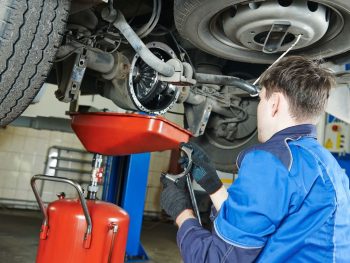The adoption of longer replacement cycles by fleets is causing major component failures to rise sharply for some van operators.

As a result of the pandemic and the new vehicle shortages, more LCVs owned by fleets are now entering five and even six years of operation.
And this means expensive mechanical breakdowns are becoming more commonplace as a result, according to FleetCheck.
Managing director Peter Golding said: “It’s not uncommon for vans for break the 100,000-mile mark during their operational life but we are seeing numbers running well beyond that point and it is a development resulting in mechanical failures that fleets don’t often experience.”
Golding added that the main issue is gearboxes but more vehicles are also requiring a second clutch or cambelt replacement – both expensive items for which few fleets will have budgeted.
“The fact is the older vans are more costly to keep on the road than newer ones and – until they can source replacements – many fleets are starting to have to spend large sums of money on aged vehicles that, in absolute terms, are worth relatively small sums of cash.”
But this can be tackled by using fleet management software to employ measures to reduce the chances of such issues arising.
Golding continued: “There are a number of practices that fleets can employ but the simplest and most effective is to ensure that the vehicles that are most likely to suffer failures – something that the technology can help to identify – are used in the lowest stress applications.
“If you have a van that is six years old and has covered 150,000 miles, it is best used for light local duties than for ploughing up and down the motorway, adding another 1,000 miles every week.
“Just making that kind of change can have a positive impact.”

